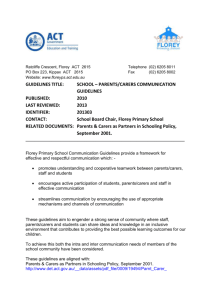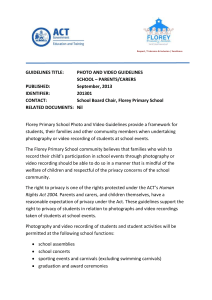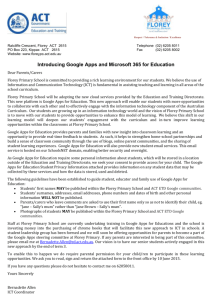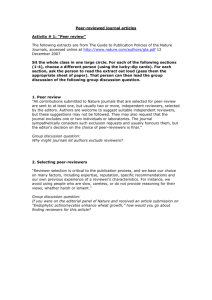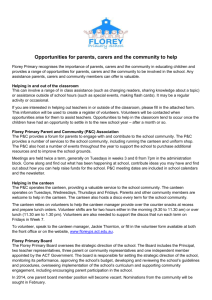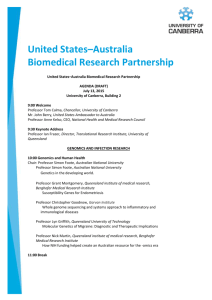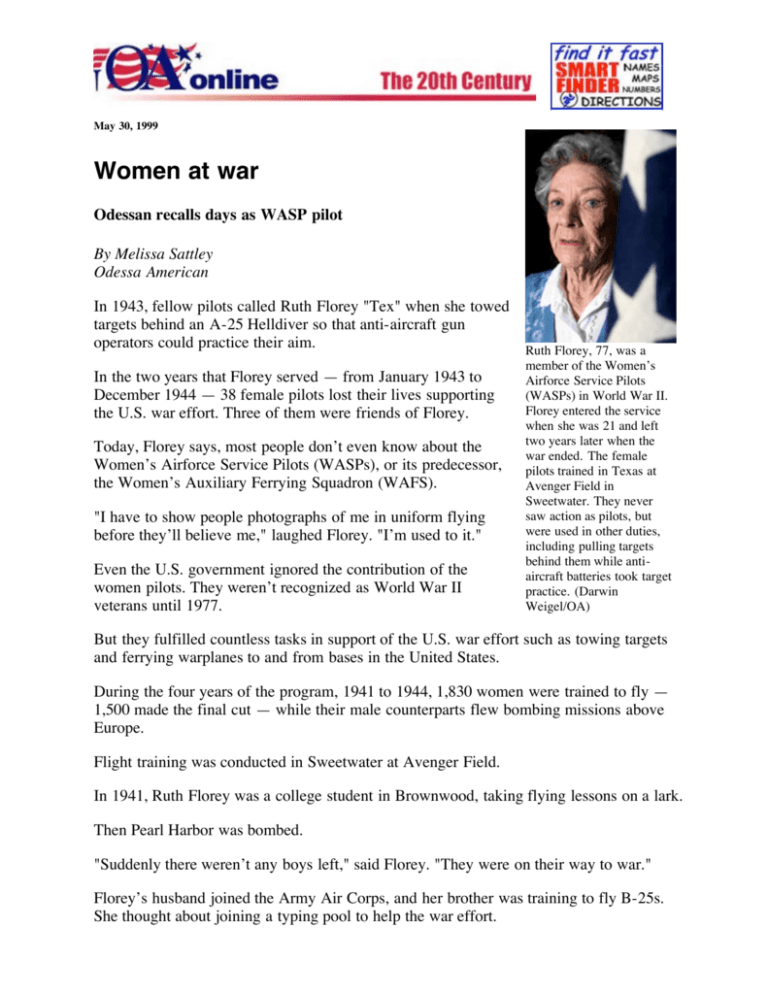
May 30, 1999
Women at war
Odessan recalls days as WASP pilot
By Melissa Sattley
Odessa American
In 1943, fellow pilots called Ruth Florey "Tex" when she towed
targets behind an A-25 Helldiver so that anti-aircraft gun
operators could practice their aim.
Ruth Florey, 77, was a
In the two years that Florey served — from January 1943 to
December 1944 — 38 female pilots lost their lives supporting
the U.S. war effort. Three of them were friends of Florey.
Today, Florey says, most people don’t even know about the
Women’s Airforce Service Pilots (WASPs), or its predecessor,
the Women’s Auxiliary Ferrying Squadron (WAFS).
"I have to show people photographs of me in uniform flying
before they’ll believe me," laughed Florey. "I’m used to it."
Even the U.S. government ignored the contribution of the
women pilots. They weren’t recognized as World War II
veterans until 1977.
member of the Women’s
Airforce Service Pilots
(WASPs) in World War II.
Florey entered the service
when she was 21 and left
two years later when the
war ended. The female
pilots trained in Texas at
Avenger Field in
Sweetwater. They never
saw action as pilots, but
were used in other duties,
including pulling targets
behind them while antiaircraft batteries took target
practice. (Darwin
Weigel/OA)
But they fulfilled countless tasks in support of the U.S. war effort such as towing targets
and ferrying warplanes to and from bases in the United States.
During the four years of the program, 1941 to 1944, 1,830 women were trained to fly —
1,500 made the final cut — while their male counterparts flew bombing missions above
Europe.
Flight training was conducted in Sweetwater at Avenger Field.
In 1941, Ruth Florey was a college student in Brownwood, taking flying lessons on a lark.
Then Pearl Harbor was bombed.
"Suddenly there weren’t any boys left," said Florey. "They were on their way to war."
Florey’s husband joined the Army Air Corps, and her brother was training to fly B-25s.
She thought about joining a typing pool to help the war effort.
Then one day she received a surprising letter from Jackie Cochran, director of the
Women’s Flying Training Detachment, asking if she’d like to train to become a pilot.
"I couldn’t believe it," she said. "I jumped at the chance."
Florey took her physical at Carswell Air Force Base in Fort Worth.
"It was nerve-wracking. My blood pressure was out the window from the stress," she said.
"Here I was — a girl from the country — with 5,000 men, male doctors, male nurses," she
laughed, remembering. "They hadn’t heard about the WASP program — they didn’t know
what to do with me. They thought it was a big joke."
She passed her physical and after five months training was sent to North Carolina.
There she was told she would tow targets
so that anti-aircraft gunners could
sharpen their shooting skills.
"You were scared to death, but you did it
anyway," said Florey.
Conditions at the swampy airstrip were
primitive at best. Every morning she and
the other pilots had to clear alligators and
wild hogs from the airstrip before
takeoff, she said.
Florey has several photographs and mementos from her
military flying days, including this picture of herself
flying in the background and fellow pilot June Ellington,
who died last year. (Darwin Weigel/OA)
Once, during a routine target practice, the
anti-aircraft radar picked up the steel
cable connecting the target to Florey’s
plane, she said.
"They shot my tail off," said Florey, "and I was cursing them out over the radio."
After she crash-landed, Army Air Corps. commander Gen. Henry "Hap" Arnold marched
her off to headquarters.
"He said, ‘We can’t allow that kind of profanity over the airwaves,’ " Florey said with a
mischievous grin. "He grounded me for a week."
Even though the female pilots never saw combat overseas, they still experienced numerous
dangers.
One friend of Florey’s, Hazel Ying Lee, a Chinese-American from Portland, crash-landed
in a farmer’s field in West Texas.
"He thought the Japanese were invading from Mexico, and he marched her down to the
sheriff’s office as a prisoner of war," recalled Florey, who laughed at the memory. "And
when Hazel got mad, she’d start cussing in Chinese, which didn’t help."
Lee was killed in a collision above an airfield in Great Falls, Montana, on Nov. 23, 1944
— less than one month before the WASP program was concluded.
"I wish she had lived," said Florey. "She was so funny — a wonderful lady."
In the two years that Florey served with the WASPs, she was allowed to go home once for
Christmas.
"My parents had no idea what I was doing. All that time I think they thought I was
typing."
When Florey wasn’t flying, she was dodging prejudice, she said.
"Some men made snide remarks about our ability to fly, and some were bitter because they
had to go overseas," she said. "I guess I couldn’t blame them."
Being a WASP was hard, but Florey said
she wouldn’t trade her experiences.
She still recalls the beauty of skimming
above wide-open sections of West Texas,
not more than 500 feet from the ground.
Ruth Florey has the
original wings she
received while flying
for the WASPs in
World War II.
(Darwin Weigel/OA)
"Sometimes I followed the railroads, and
every town had a water tower with a sextant
on top of it so that you knew what direction you were flying in."
But mostly, Florey said, she flew in circles towing targets.
By 1944, many of the men who flew bombing missions above Europe were returning
home and the WASPs were disbanded.
When Florey returned home, she got a job working for her father, an accountant.
"Things were pretty dull," she said. "I’d hang out the window every time a plane flew
over. My daddy said I busted out nearly all of the screens from the windows."
Her husband returned from the front and Florey said meeting him again after three years of
absence "was like meeting a stranger."
They divorced soon after.
Eventually she married a Navy man, moved to Galveston and had four children.
These days Florey said her feet are firmly on the ground.
"I’d rather play golf than get my pilot license renewed," she said.
Only recently have the WASPs received much recognition.
Books have been written, a documentary titled "Fly Girls" recently aired on PBS, and a
Web site (www.wasp-wwII.org) has been created to keep the memory alive.
Each year Florey said she receives more and more requests to share her memories with
local school children.
At first they don’t believe her, and so she takes out the old, worn photographs that show a
young woman pretty enough to be a starlet in flight gear and aviation goggles — just to
prove that she was there.
"World War II was a different time," she said. "We were fighting the Fascists, Hitler. We
were scared but we prayed a lot, got in our airplanes and life went on."
The Twentieth Century. During 1999, the Odessa American will look back at some of the people, stories and
historical events that made the 20th Century memorable for residents of Odessa and the Permian Basin.
Home | News | Sports | Oil & Gas | Classifieds | Obituaries | User Survey | Advertising | Reader Services
Copyright © 1999 Odessa American. All rights reserved.
Refer comments to Webmaster.

